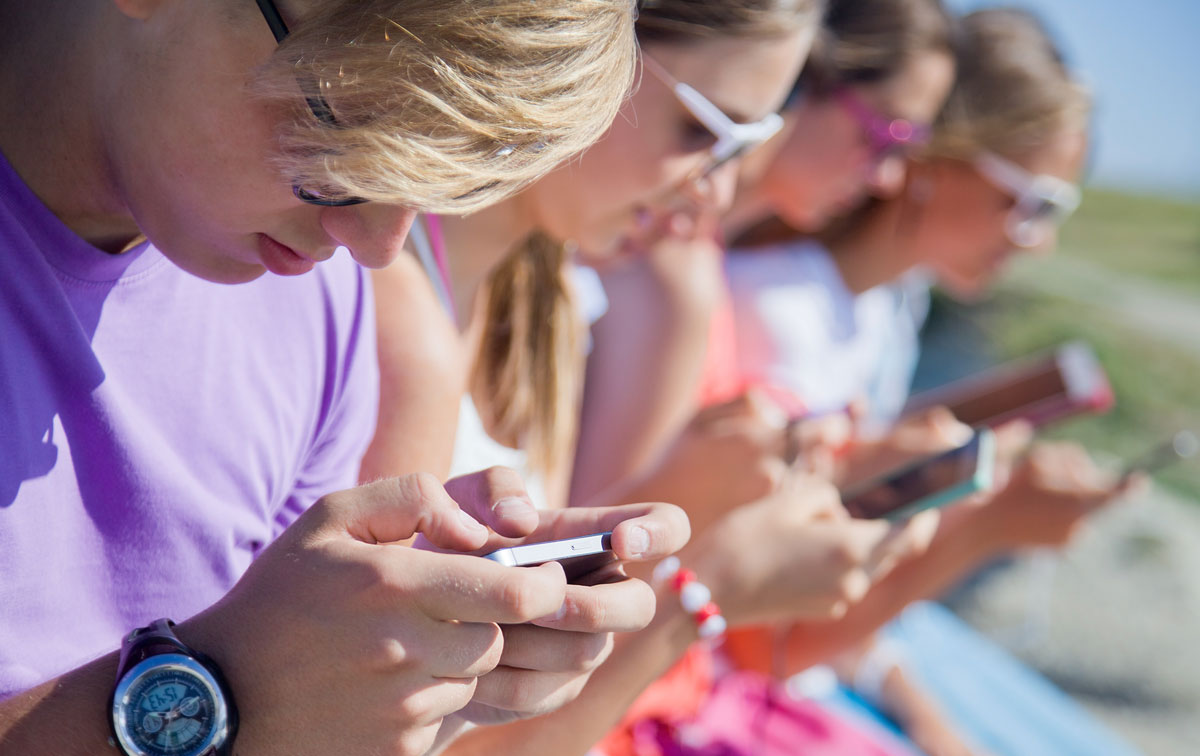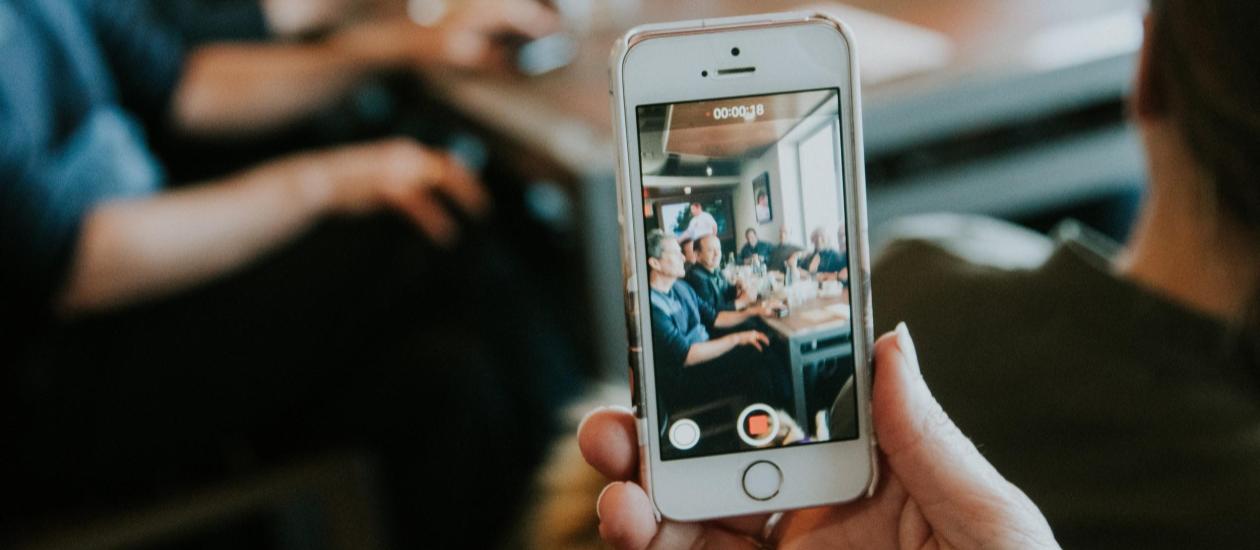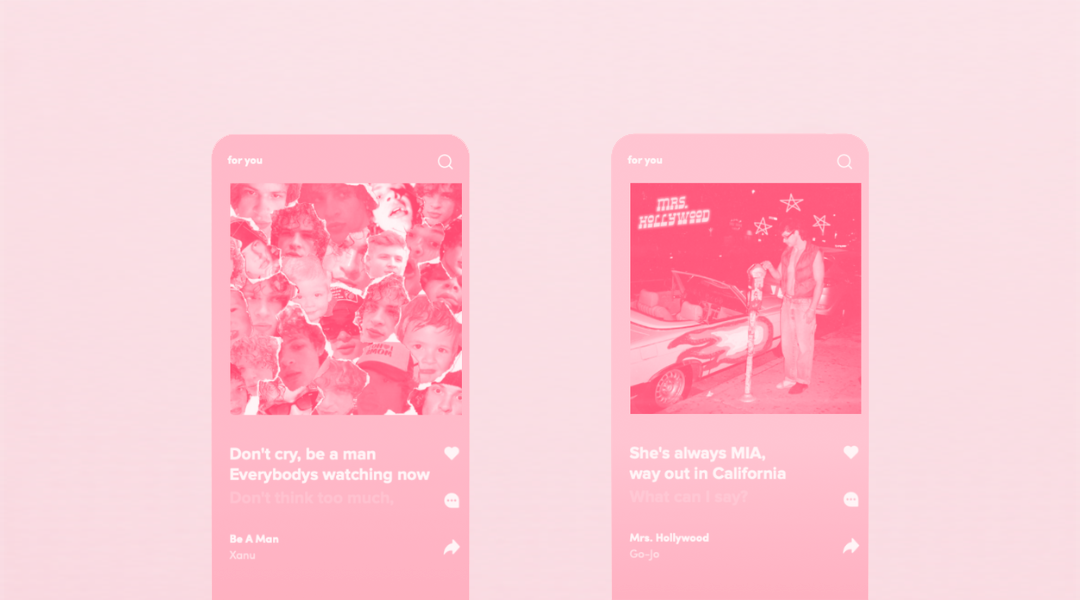YouTube Shorts, the missing piece in your social ads strategy
Social media has changed the way we consume content: we want speed, impact and entertainment in seconds. TikTok paved the way, Instagram followed...
Plan, activate and control media to hit targets with precision.
Turn data into smart decisions with advanced analytics and modeling.
Efficiency, governance and scale for agencies and teams.
![[Ebook] SEO + AI: eBook to Master AI Overviews and GEO](https://www.adsmurai.com/hubfs/MKT%20-%202025/WEB/Resources%20-%20Banners/HeaderEN_Ebook_SEO+AI.png)
[Ebook] SEO + AI: eBook to Master AI Overviews and GEO
Learn how to structure and distribute your content so generative models can understand it, trust it, and reuse it in their answers. A practical guide to compete and appear in AI Overviews and AI-powered assistants.
Discover more
Social networks are more visual every day. We said it last year but then we still couldn’t be aware of all the progresses in all social networks in order to adapt to this premise imposed by the millennial community. Instagram has reached 500 million total users and 300 million active daily users, a few days ago Snapchat announced a forecast of 1 billion dollars ad revenues in 2017. Facebook and Twitter want to be part of this success buying Instagram and Periscope, launching live videos for Facebook, or announcing that in the following weeks Twitter will stop counting characters for multimedia content, promoting photo and video sharing.
Periscope, Instagram or Snapchat are more popular every day and brands start integrating them in their digital strategies, in an organic or paid way in order to reach their target in an effective and interesting way and improve their results.
During Q4 brands plan their budgets and strategies. It clearly happens in the fashion industry, that during september and october presents new in-store collections and fashion weeks are celebrated all around the world. Here you have some tips about creative strategies on different social networks through some examples, mainly from the fashion industry, so that you can find some inspiration:
The first one comes from Massimo Dutti’s campaign in order to promote the new AW 16-17 collection. Only Instagram followers could discover the new collection before anyone else.
What they did: they changed the bio link of their official profile and placed a link to an Instagram Account especially created for that action. Once in that profile, the bio link was their website, in order to get conversions and the collection was presented as a mosaic, taking advantage of Instagram creative options and generating more impact. All the action was complemented by a Facebook and Instagram ads campaign that improved the results. This is how it looked like:
A second example comes from Desigual, that launched a streaming through Twitter/Periscope during the New York Fashion Week and showed the runway from the front row and the backstage. In addition, if you missed it, you could watch the final video from their profile. All the process was promoted on social media.
Another trend that can’t be forgotten is the increasing use of User Generated Content. The conversation created from a hashtag lets brands access the content created by users in order to be closer to the brand. Brands can access this content and share it on their profiles giving value to those users and enhancing more interactions. One important thing: brands should ask for permission, credit the authors and tag them. If not, this could be considered as irregular use of external content and it can have negative consequences.
In this case the action was geolocated in Australia, where the profile was being launched. Geolocation options include countries, organisations or event assistants to an event.
A recent case is the one between Tommy Hilfiger and the model Gigi Hadid. The model has created one of their latest clothes and perfumes collection and her Instagram is constantly related to the brand, always using tags. On the other hand, Tommy Hilfiger’s profile has different pictures of the model in order to attract her followers and promotes the products design by her.
Another example of collaboration was born on Instagram but has increased a lot on Snapchat: the “Takeovers”, when an influencer admins a brand’s profile during a day because of an event or any other occasion. Gucci and Michael Kors have tried it and the actress Vanessa Redgrave and the It Girl Camille Charriere managed their accounts for a day because of different events such as a shooting during the Gucci Cruise or the opening of a new store. As said before, these brands chose related celebrities.
We are on the visual era, the millennial era. And not only millennials act like millennials. All users are adapting their behaviours and your brand strategy should also adapt in order to keep growing and obtain results. The fashion industry has decided it, and you, are you already thinking about your strategy to take advantage of new social networks for your brand?

Social media has changed the way we consume content: we want speed, impact and entertainment in seconds. TikTok paved the way, Instagram followed...

Instagram is the platform on which the most followed tendencies are focused, something that is also transferred to the political sphere, which makes...

TikTok in recent years has become a global phenomenon with a profound impact on music and the way we consume the platform. With its unique approach...